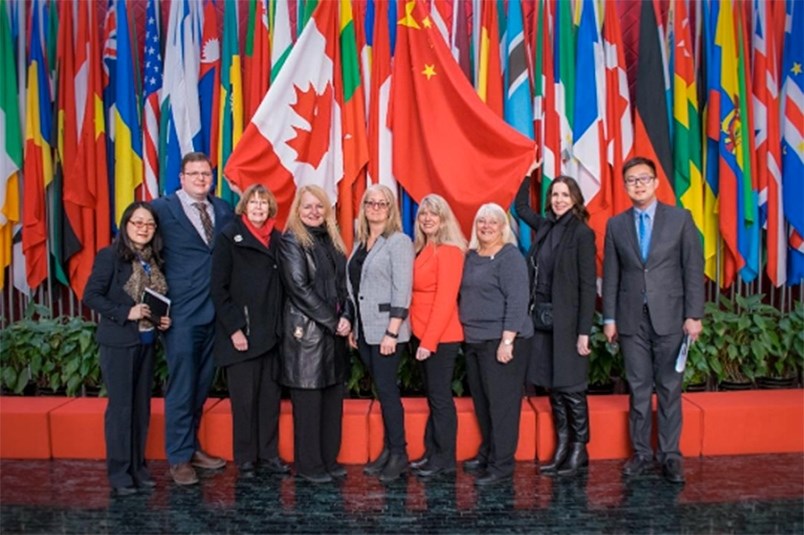The Institute for Public Education, a new think tank promoting public education in B.C., said catering to foreign students is a form of privatization of B.C.’s public education system where the benefits aren’t shared equally and business priorities trump educational experiences.
In a paper produced for a BC Teachers’ Federation conference in June, the institute criticized long-entrenched fundraising efforts, including international education, which has quintupled in B.C. since 2001, as an “insidious form of privatization” that have become a normal part of funding schools.
“Of course, there are educational reasons for encouraging international students to attend B.C. schools, but such an approach would emphasize equity, the opportunity for a rich international experience for both foreign and Canadian students; would distribute students across school districts; and would be open to all foreign students not simply the wealthy,” states the “Many Faces of Privatization” paper.
According to the paper, SD43 is second only to West Vancouver in the proportion of its budget — 11% — that relies on $15,000 fees foreign students pay, and the institute’s executive director said the district could do more to make the educational experience more fruitful.
“One of the things we would want to suggest is there is a difference between having a business management model versus having an educational plan,” said Sandra Mathison, a UBC education professor and the institute’s executive director.
“There is an argument that could be made incorporating international students in B.C. schools on an education basis, what happens now is entirely a revenue generation strategy.”
For example, she questions whether SD43 continues to need the $37 million revenue from foreign fees to add more resources to local schools when a new Classroom Enhancement Fund set up by the province to fulfill collective agreement requirements following a Supreme Court decision is adding staff to school budgets.
SD43 expects to receive $23.3 million for additional teachers and support staff under the Memorandum of Agreement reached with the teachers’ union.
Mathison suggested the primary reason for international education should be to enhance the educational experience for all students.
And while SD43 does emphasize that international education makes students better prepared for a globally connected world, financial benefits are also important.
In a recent presentation, SD43 pointed out that the program generates $37 million for schools, enabling it to hire more teachers, create more blocks of a popular course, pump $60 million into the local economy and helps disadvantaged students pay for grad.
“By going global, SD43’s International Education Program is generating numerous opportunities for everyone to learn and benefit,” SD43s presentation states.
If education benefits were the priority over financial resources, Mathison says the program would look much different than it does now.
“The international students who are coming are not from central Africa, probably relatively few from middle east, incoming students are not adding a lot of diversity.,” she said, noting the program attracts mostly those who can afford to pay for fees and housing.
“I think there is an argument to be made, when you bring students from other cultures into schools it does create opportunities for new experiences even for domestic students. The challenge is whether the students who are coming in are different enough, if they provide a unique experience by being in the school context to justify that,” Mathison said.
International education could open up to include a broader range of students, some who can’t afford the fees on their own, Mathison said, if education was prioritized over financial benefits.
The institute is also concerned about inequality, Mathison said, because not all school districts are equally positioned to solicit and cater to potential international students.
According to the most recent figures, at more than 2,000 students, SD43 has the largest public school international education program in the province.



